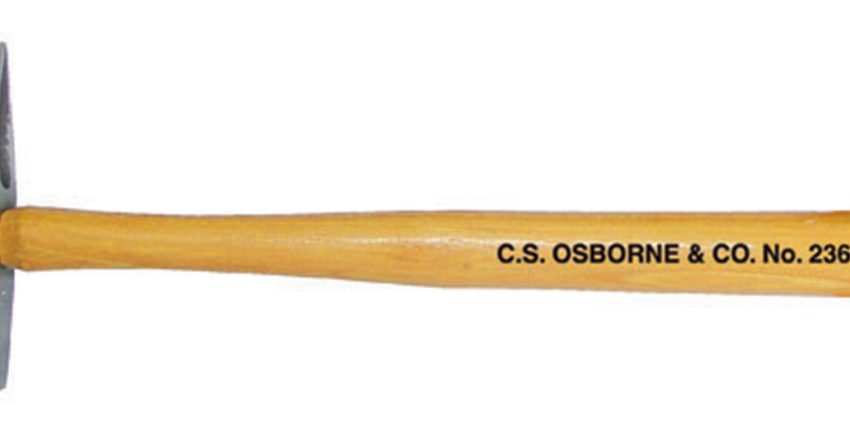A tack hammer is a small but essential tool in upholstery work. Whether securing fabric, attaching decorative trim, or working with delicate materials, precision is key. A misplaced swing or uneven pressure can lead to damaged fabric, bent tacks, or a less-than-professional finish.
Mastering the right technique ensures clean, secure results. Here are four tips to help you use a tack hammer with precision and confidence.
Choose the Right Tack Hammer for the Job
Not all tack hammers are the same. Different upholstery projects require different weights, sizes, and designs. Selecting the right tool makes a noticeable difference in control and accuracy.
- Magnetic tack hammers hold small tacks in place, allowing for one-handed work and better positioning.
- Lightweight hammers provide greater control for delicate upholstery fabrics.
- Heavier tack hammers are better suited for working with thicker materials or leather.
Using the wrong hammer can make the job harder, so always match your tool to the task at hand.
Position Tacks Correctly Before Striking
A common mistake in upholstery is driving tacks in too quickly without ensuring proper placement. Misaligned tacks lead to weak holds and uneven fabric tension.
Start by lightly tapping the tack into position rather than driving it in all at once. If using a magnetic tack hammer, let the magnet hold the tack in place while you guide it into position. Once aligned, use firm, controlled strikes to set it securely.
Patience at this stage prevents unnecessary do-overs and damage to both fabric and frame.
Maintain a Controlled Grip and Swing
A tack hammer requires finesse, not force. Unlike heavier hammers used in carpentry, upholstery work demands a lighter touch to avoid fabric damage and bent tacks.
- Hold the hammer near the base of the handle for better control.
- Use short, quick taps rather than heavy swings.
- Keep your wrist flexible to guide each strike with precision.
A controlled approach ensures that tacks go in straight and securely without damaging surrounding materials.
Work in Sections for Even Upholstery Tension
Tacking fabric in a haphazard manner can lead to uneven tension, causing wrinkles or loose sections. The best approach is to work systematically, securing one section at a time while keeping fabric smooth and tight.
- Start at the center and work outward to maintain even tension.
- Avoid pulling fabric too tight, which can cause puckering.
- Check alignment frequently to ensure a professional finish.
Taking the time to secure each tack with precision leads to a cleaner, more polished look in your upholstery work.
Conclusion
A tack hammer is more than just a tool—it’s an extension of the upholsterer’s craftsmanship. By choosing the right hammer, positioning tacks carefully, maintaining control, and working methodically, you can achieve professional-level results every time.

